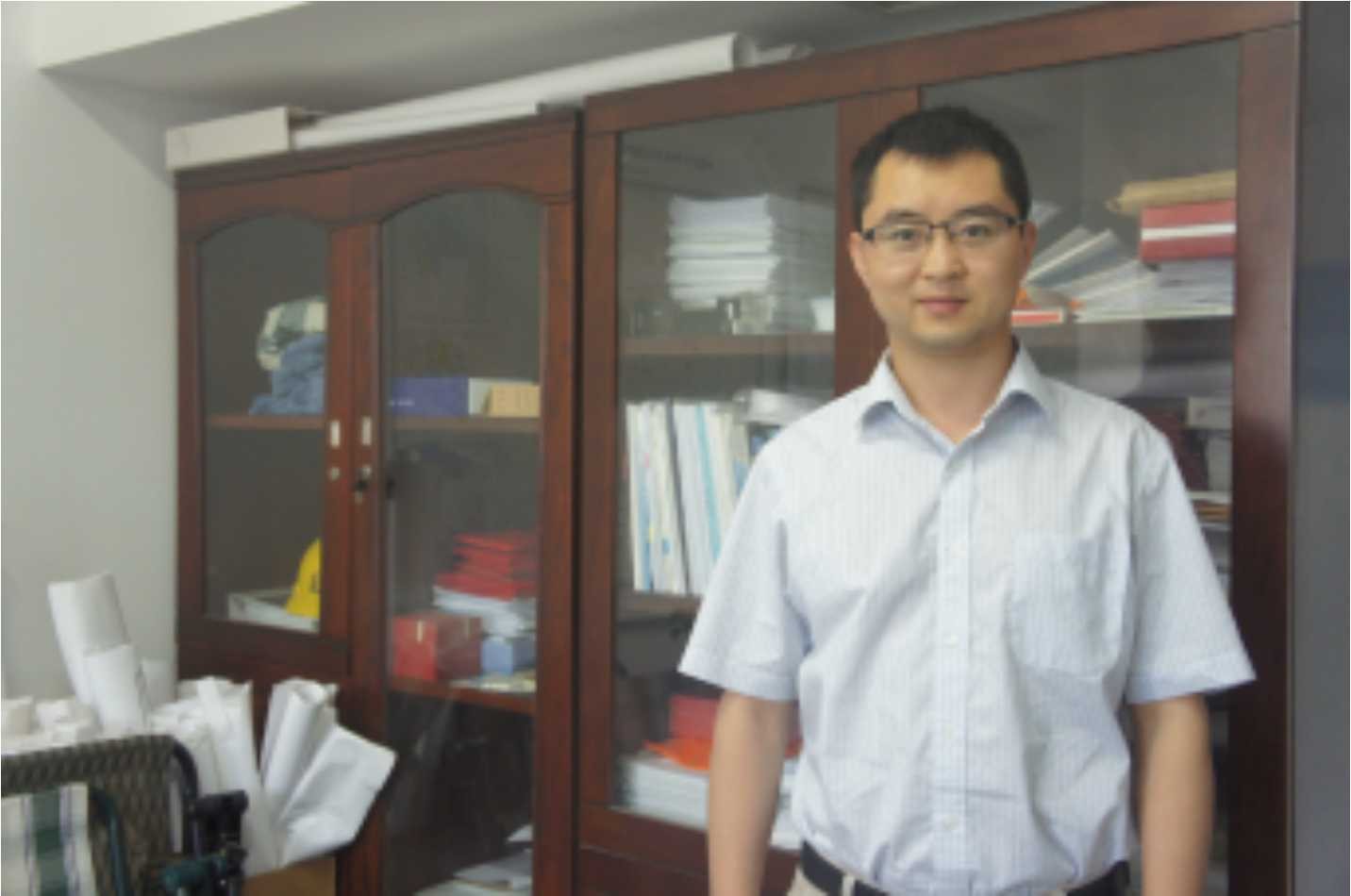
1. 个人简介
唐显春, 男, 1984年生。博士, 高级工程师。主要从事地热资源探测评价研究。
2. 工作经历
2010.09—2015.06 中国石化华东局勘探开发研究院高级工程师。
2015.06—2017.10 中国科学院大学固体地球物理学博士后。
2017.10—今 中国地质科学院高级工程师, 硕导。
期间:2017.12—2018.04 英国曼彻斯特大学访问学者。
3. 成果奖励及荣誉称号
(1) 2013年页岩气研究成果获评中国地质学会2012年度十大科技进展。
(2) 2013年被评为中国石化集团公司青年岗位能手。
(3) 2020年干热岩研究成果获评中国地质学会2019年度十大科技进展。
4. 负责/主持的项目
(1) 2019—2022年, 国家自然科学基金面上项目“深层碳酸盐岩地热储层多维度孔缝描述与致裂提效机理研究”(编号: 41877197)。
(2) 2016—2019年, 国家自然科学基金青年基金“川东地区热体制恢复及其与页岩气生成富集的关系”(编号: 41602257)。
(3) 2016—2017年, 中国博士后科学基金“川东构造-热演化对志留系页岩生烃和储集的控制作用”(编号: 2016M91236)。
(4) 2018—2019年, 中国地质调查局公益性地质调查项目“雄安新区地热清洁能源调查评价”(编号: DD20189114)。
(5) 2019—2021年, 中国地质调查局公益性地质调查项目“青海共和盆地干热岩调查评价与勘查示范”(编号: DD20190132)。
(6) 2018—2019年, 中国石化项目“四川盆地东南缘页岩气整体评价及目标优选”。
5. 专著、论文
(1) TANG X C, JI C, LI Q H, WU Y, ZHANG K J. 2020. Extrusion model for the Early Mesozoic intracontinental deformation of South China related to the North and South China collision[J]. Geological Journal, 55(11): 1-14.
(2) 唐显春, 王贵玲, 马岩, 张代磊, 刘忠, 赵旭, 陈天君. 2020. 青海共和盆地地热资源热源机制与聚热模式[J]. 地质学报, 94(7): 2052-2065.
(3) YAN L L, ZENG L, WANG Y, TANG X C. 2019. Geochemistry and Nd isotopes of Lower Permian Siliciclastic rocks from central Tibet, western China: Evidence for Early Permian initiation of the rifting between the Lhasa and Qiangtang blocks?[J]. Geological Journal, 1-15.
(4) TANG X C, ZHANG J, PANG Z H, HU S B, TIAN J, BAO S J. 2017. The eastern Tibetan Plateau geothermal belt, western China: Geology, geophysics, geneseis, and hydrothermal system[J]. Tectonophysics, 717: 433-448.
(5) TANG X C, ZHANG J, PANG Z H, HU S B, WU Y, BAO S J. 2017. Distribution and genesis of the eastern Tibetan Plateau geothermal belt, western China[J]. Environmental Earth Sciences, 76: 31.
(6) TANG X C, ZHANG K J. 2014. Lawsonite- and glaucophane-bearing blueschists from NW Qiangtang, northern Tibet, China: mineralogy, geochemistry, geochronology, and tectonic implications[J]. Int. Geo. Review. 56: 150-166.
(7) TANG X C, ZHANG Y X. 2012. Eclogitic metasediments from central Qiangtang, Northern Tibet: Evidence for continental subduction during the eastern and western Qiangtang collision[J]. J. Geo. Society of India., 80(6): 836-844.
(8) TANG X C, ZHANG K J. 2012. 40Ar-39Ar Geochronology and Tectonic Implications of the Blueschist from Northwestern Qiangtang, Northern Tibet, Western China[J]. Acta Geologica Sinica, 86(6): 1471-1478.
(9) ZHANG K J, ZHANG Y X, TANG X C, XIA B. 2012. Late Mesozoic tectonic evolution and growth of the Tibetan plateau prior to the Indo-Asian collision[J]. Earth-Science Reviews, 114(3-4): 236-249.
(10) ZHANG K J, LI Q H, YAN L L, ZENG L, LU L, ZHANG Y X, HUI J, JIN X, TANG X C. 2017. Geochemistry of limestones deposited in various plate tectonic setting[J]. Earth-Science Reviews, 167: 27-46.
(11) ZHANG Y X, TANG X C. 2014. U-Pb and Lu-Hf isotope systematics of detrital zircons from the Songpan-Ganzi Triassic flysch, NE Tibetan Plateau: implications for provenance and crustal growth[J]. International Geology Review, 56(1): 29-56.
(12) ZENG L, ZHANG K J, TANG X C. 2018. Mid-Permian rifting in central China: Record of geochronology, geochemistry and Sr-Nd-Hf isotopes of bimodal magmatism on NE Qinghai–Tibetan Plateau[J]. Gondwana Research, 57: 77-89.
(13) ZHANG K J, TANG X C, WANG Y, ZHANG Y X. 2011. Geochronology, geochemistry, and Nd isotopes of early Mesozoic bimodal volcanism in northern Tibet, western China: Constraints on the exhumation of the central Qiangtang metamorphic belt[J]. Lithos, 121: 167-175.
(14) ZHANG K J, TANG X C. 2009. Eclogites in the interior of the Tibetan Plateau and their geodynamic implications[J]. Chinese Science Bulletin, 54(15): 2556-2567.
(15) CAI J X, TANG X C. 2008. Comment on Was the Indosinian orogeny a Triassic mountain building or a thermotectonic reactivation event? by A. Carter and P.D. Clift[J]. Comptes Rendus Geoscience, 340(12): 893-895.
(16) 张健, 唐显春, 2017. 海洋地球物理测井[M]//吴时国, 张健主编. 海洋地球物理探测. 北京: 科学出版社.
(17) 包书景, 翟刚毅, 唐显春, 陈科, 2017. 页岩矿物岩石学[M]. 上海: 华东理工大学出版社.

